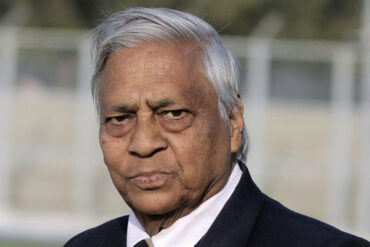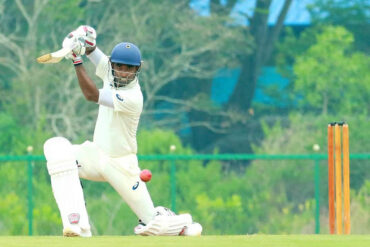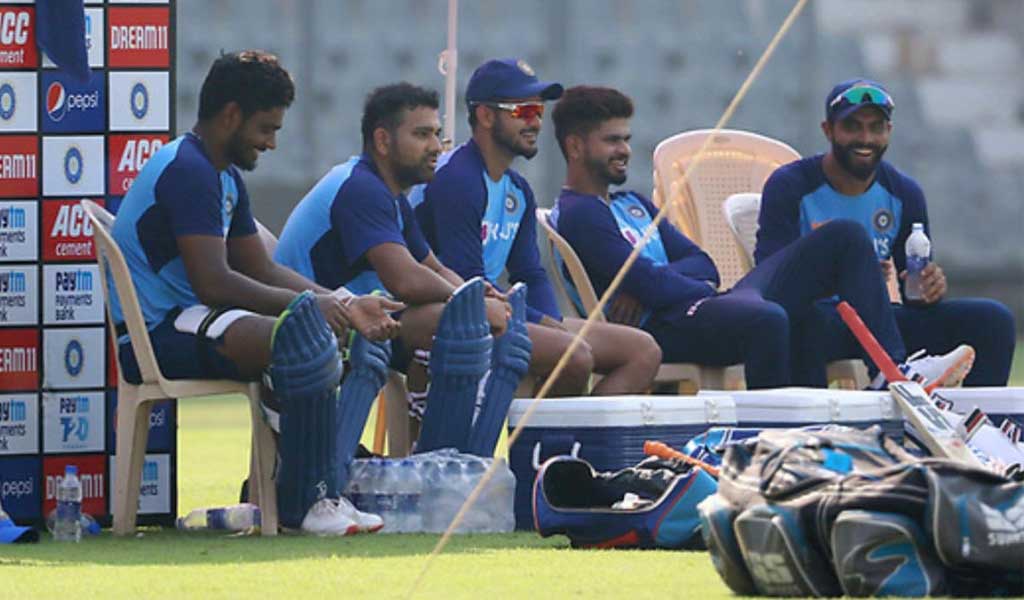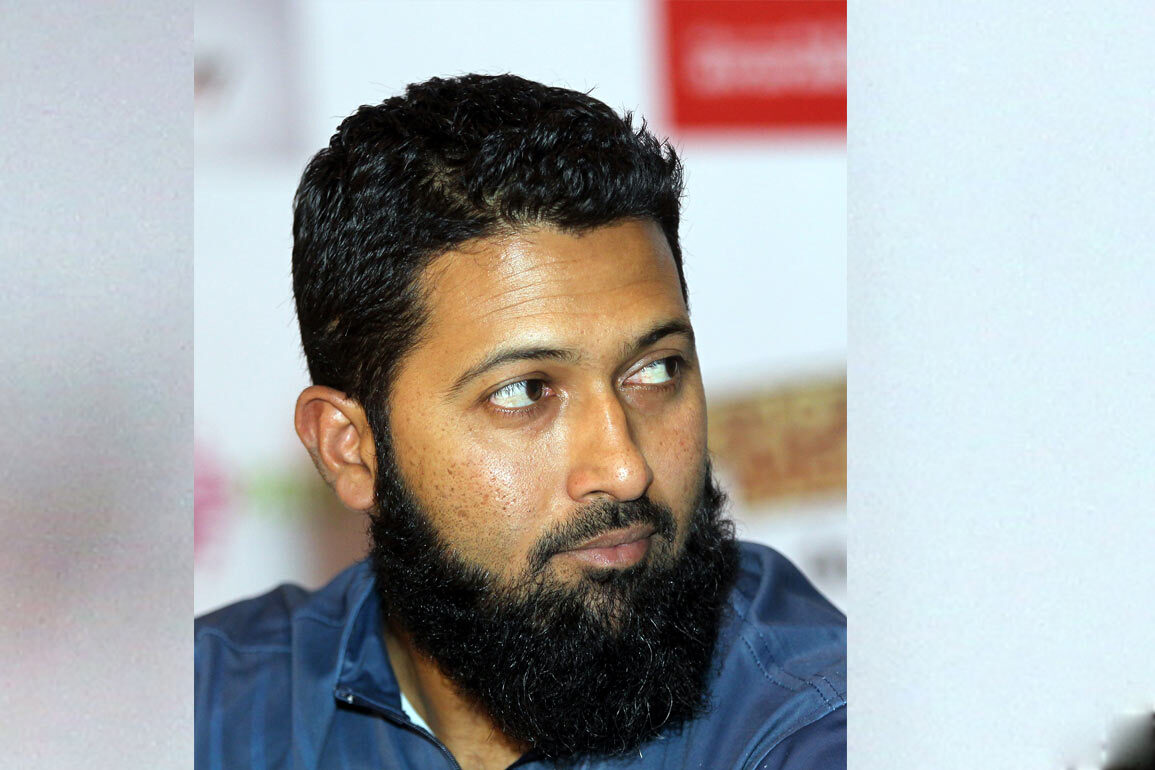Often, effusive in their praise, those from outside the playing field use elaborated and superfluous expressions for sportsmen across arenas. But the word ‘stalwart’ must be used with both care and caution; for it must be implied only for those who have been truly dominant, unmatched and unparalleled in their fields, like Wasim Jaffer.
Jaffer was not just your regular cricketer who had an extended career in the domestic circuit—though it remains unanswered as to why a batsman of his calibre did not get more than 31 Tests for India. Jaffer rose through perhaps the toughest cricketing schools in the country, Mumbai, and made his mark on both domestic and international cricket with his exemplary batting and cricketing acumen.
Like many of the illustrious men before him from Mumbai, the right-handed batsman was blessed with the elusive quality of being ‘khadoos’—a connotation that remains exclusive to all the batsmen which the city has so far produced. Jaffer was true to his art, of batting and making runs, of being a true hard-worker on the field and the leader of men who also won two of the 41 Ranji Trophy titles with Mumbai as its captain.
But before that, he announced his arrival in the 1996-97 season with a knock of 400 in a school match in Mumbai, and he only rose higher and higher from thereon. In his debut season in the Ranji Trophy, Jaffer notched up 314 not out against Saurashtra, and went on to become a record-maker in India’s premier domestic competition.
The right-handed elegant batsman, who was blessed with a plethora of patience and calmness at the crease, had compact technique and solid defence which would have brought stability for the Indian team at the top of the order. He was handed Test debut against South Africa in February 2000, but after two ordinary returns against the Proteas in Mumbai and Bengaluru, Jaffer lost his place in the Indian team.
Jaffer was not going to be held back; he had impressive returns from the domestic season 2001-02, which led to his selection in the Indian team once again. He scored his maiden Test fifty at Bridgetown in the 2002 Test against the West Indies, and provided another strong batting display with a resolute 86 in the next Test at St John’s.
Despite his promise and potential, Jaffer never had a long run in the Indian Test side. He spent another three years on the sidelines, only to return to the fold during the 2006 Test series against Pakistan. However, Jaffer had to wait to be picked in the playing XI, and he got no such opportunity to play against the arch rivals. It was against England in March 2006 that the elegant right-hander got an opportunity, and with scores of 81 and 100 in the drawn Nagpur Test he truly announced his arrival at the international stage.
With his maiden Test ton in kitty, Jaffer rose in confidence and showed his class and mettle at St John’s once again. Against a bowling attack spearheaded by Fidel Edwards, he struck a 399-ball 212—his highest Test score—showcasing tremendous hunger to stay at the crease and score big runs for which he was known for. The good run continued for Jaffer, who got two more fifties at Basseterre on that tour.
In late 2006, Jaffer faced his old nemesis South Africa in their own backyard but this time he came out on the top after a poor run in the first two Tests. He scored 116 in India’s first innings but could not help prevent a five-wicket defeat at Cape Town. But the right-hander carried his rich form into the England series, teaming up with wicketkeeper-batsman Dinesh Karthik to form strong opening partnerships for India in a historic series win in the Old Blighty.
The highest point of Jaffer’s Test career at home came in November 2007 against Pakistan when he smacked 202 and 56 at the Eden Gardens in Kolkata in a run-fest drawn match, but that also marked the end of big scores from the right-hander. The knock of 73 against South Africa in Chennai next year was to be the final big knock from Jaffer in Test cricket, as the Indian selectors gradually moved for more aggressive options in Virender Sehwag and Gautam Gambhir—also one of India’s most successful Test pairs. Jaffer played his last Test in April 2008, finishing with 1,944 runs in 31 Tests at 34.10. He also played two ODIs, and a few IPL matches for Royal Challengers Bangalore (RCB).
But Jaffer continued to rule the roost in domestic cricket. He won a total of eight Ranji Trophy titles with Mumbai; their 38th and 39th as the team’s captain. As a player, Jaffer played in 10 Ranji Trophy finals—two with Vidarbha whom he joined in 2015—which is a unique feat in itself as well.
Jaffer continued to break records after another as his career span grew closer to two decades. The move to Vidarbha came after spending 19 years with Mumbai in the domestic circuit—a stint in which he fell only 241 runs short of scoring 10,000—and his new team was only going to get immensely benefited with one of the giants joining their ranks. Jaffer tasted success in Ranji Trophy yet again with Vidarbha—a team he mentored as well—by winning the 2017-18 and 2018-19 seasons with renowned former Mumbai coach Chandrakant Pandit in tow.
Jaffer finished his career in March 2020, ending with a huge list of records to his name. He played most Ranji Trophy matches (156), scored most runs (12,038), hit most centuries (40) and also grabbed most catches (200). He also holds the record of scoring most runs in the Irani Cup (1,294) and in the Duleep Trophy (2,545).
His final Ranji season was a tough one for Jaffer, who suffered a flare-up of his knee injury once again, and with the bat he had ordinary returns—263 runs in seven matches at 29.22. He decided to call it a day at the end of the season at the age of 41, ending his First Class career with an average of 50.67, bringing an end to one of the most illustrious careers in Indian cricket.







